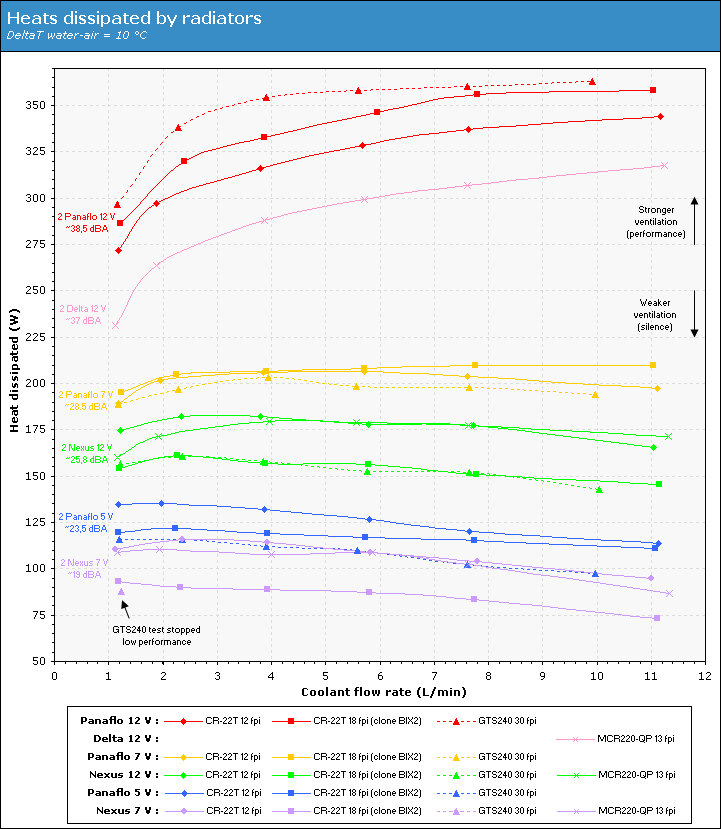Been playing around with some flow specific radiator testing and getting wierd results. After referring to other tests, I noticed the old coolingmasters review measured something similar. On their review they measured that with lower RPM fans, many of the rads begain showing worse performance with higher flow rates:
Any theories as to why?






 Reply With Quote
Reply With Quote

 *
*














Bookmarks